Become a member
WBA Supports Enhanced Bus Transportation Option for LCC
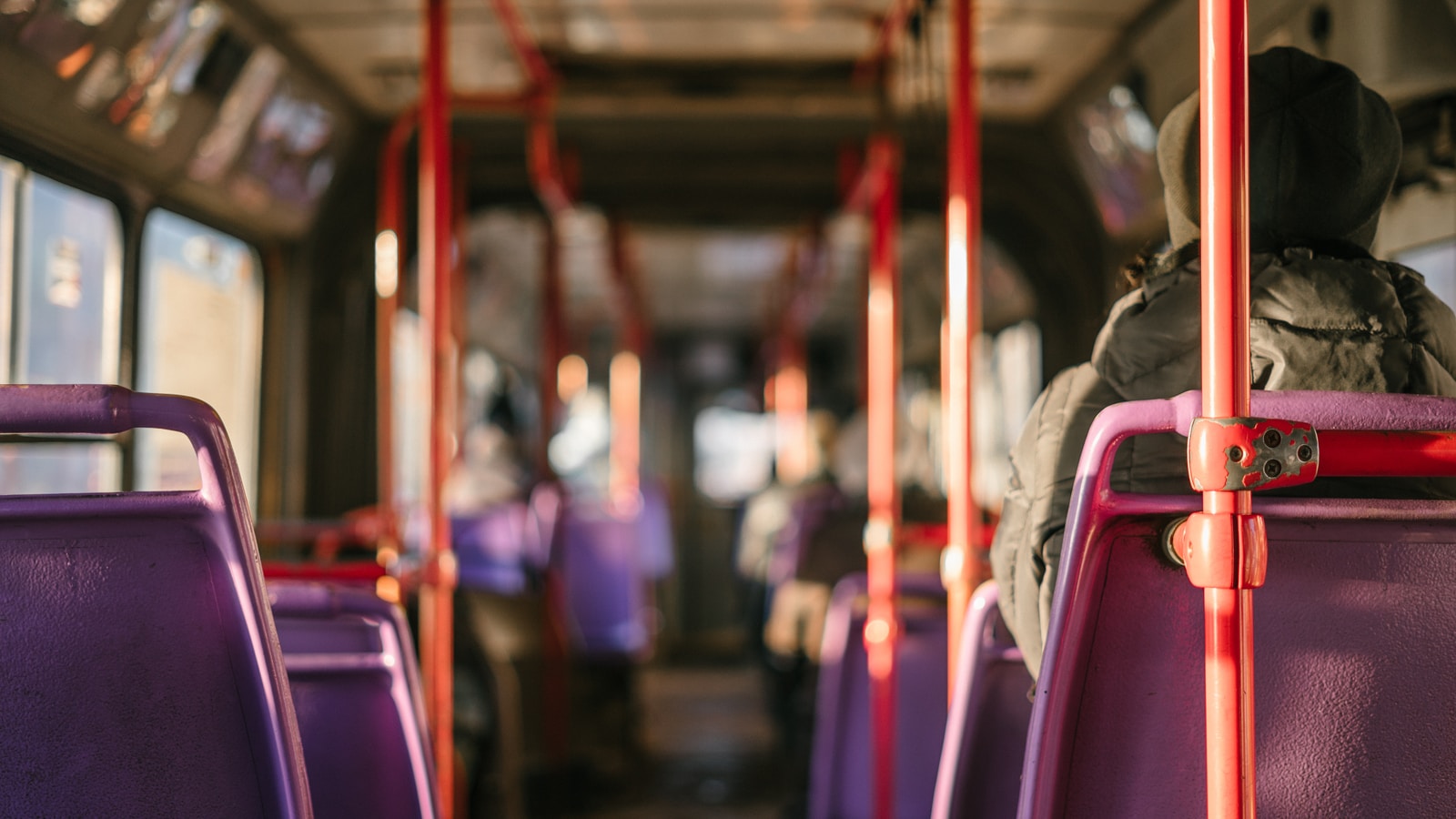
Hello Wasatch Backcountry Enthusiasts!
Buses and Gondolas – Roads and Snowsheds. There’s been a lot of chatter and buzz recently about the EIS that UDOT is currently doing for Little Cottonwood Canyon (LCC) and the various options that are being considered to alleviate the traffic issues in LCC. Given this issue is right in our wheelhouse, Wasatch Backcountry Alliance has received a lot of requests for our position. This message is to provide a high-level outline of our position and recommendation.
RECOMMENDED OPTION: Enhanced Bus (no widening of Hwy 210 in LCC)
- Lowest Environmental Impact. We favor using low- or zero-emission buses and vans on the current LCC road, and solutions that minimize any additional construction in LCC. Expanding the road or installing a gondola will have a larger environmental footprint – the gondola towers are rumored to be over 150’ tall – including the regular lift-tower maintenance along our watershed.
- Inclusive Transportation that Serves Dispersed Users. Buses and vans can provide transportation to trailheads, serving dispersed users. The gondola will not stop for you at the backcountry trailheads and as proposed will not be a year-round solution.
- Fastest Time to Solution. We strongly believe we have solutions that exist today that can have an immediate impact. Why wait? Let’s do a better job with the infrastructure we have in place today.
- Lowest Cost. Enhanced Bus Service: $283M.
$283M — Enhanced Bus Service
$470M — Enhanced Bus Service with Peak Period Shoulder Lane (PPSL)
$390M — Gondola Alternative
Other considerations
- Did you know? There are actually two different gondola proposals: the current proposal in the EIS is from UDOT. However there is also a proposal for a gondola that would originate from Wasatch Blvd at the site of the La Caille restaurant. Stay tuned for more info to come regarding the differences between these proposals.
- Egress & Interconnect: The topic of egress has been frequently discussed as a need of future transportation solutions in the canyons. The canyons have operated for decades without egress and it is a prominent natural feature that keeps these canyons special. The gondola could also be the first step toward connections (interconnect) between LCC and BCC, not to mention Park City and the Wasatch Back, starting the process of chipping away at what undeveloped areas remain and leading to additional development and crowding in the canyons.
- Solutions require convenience: Let’s not fool ourselves… if we expect the proposal to be a solution to the transportation issue, it needs to be convenient for all users. The current gondola proposal would require users to park at a hub near the mouth of BCC or on 9400 South, put on their ski gear, take a bus to the gondola station at the mouth of LCC, grab their ski gear for a 2nd time, and make a transfer along the gondola ride. Now envision a family with small kids facing this challenge – will they take the gondola? We doubt most will. In contrast, hopping on one bus to take you to a trailhead or resort will be an easier option, especially if more buses and parking are established.
- What’s in it for the locals? First, WBA is not keen on the gondola as we are worried about the commercialization and idea of making it a “cool experience” for tourists, rather than just being a transportation system to move people. WBA, along with others, have been advocating for a carrying capacity study, but since this complicated endeavor has yet to happen, we hesitate in supporting a proposal that pumps more people into our already crowded mountains. Second, once the gondola option is put in effect, the bus system would be cut back, thereby making it necessary to drive to get to most dispersed use trailheads in the canyons. Third, the associated development will be mostly at the taxpayers expense although this solution mainly benefits ski resort patrons. And fourth, the gondola as proposed is only for winter-time use, so this will not solve any of the traffic issues outside of ski season.
More Background & Resources
As part of an Environmental Impact Statement (EIS) for Little Cottonwood Canyon and Wasatch Blvd., that began in 2018, Utah Department of Transportation (UDOT) released three transportation options. You can view the entire EIS here.
Have a Voice!
Once you have reviewed the EIS, please be sure to submit a comment by going here. Comments are accepted until July 10, 2020. Since you’ve read this far – don’t forget to comment. The backcountry community needs you!
WBA supports enhanced buses because they have the minimum impact on the canyon environment while providing the maximum return for efficiency, access, and TIME. Do you want to sit in the red snake for 5-10 more seasons while we wait for a gondola to be built? We need solutions ASAP.
Thanks for your support and engagement at this critical time.
-Your Friends at Wasatch Backcountry Alliance
Join the WBA newsletter for Central Wasatch backcountry events and news.
More articles
-
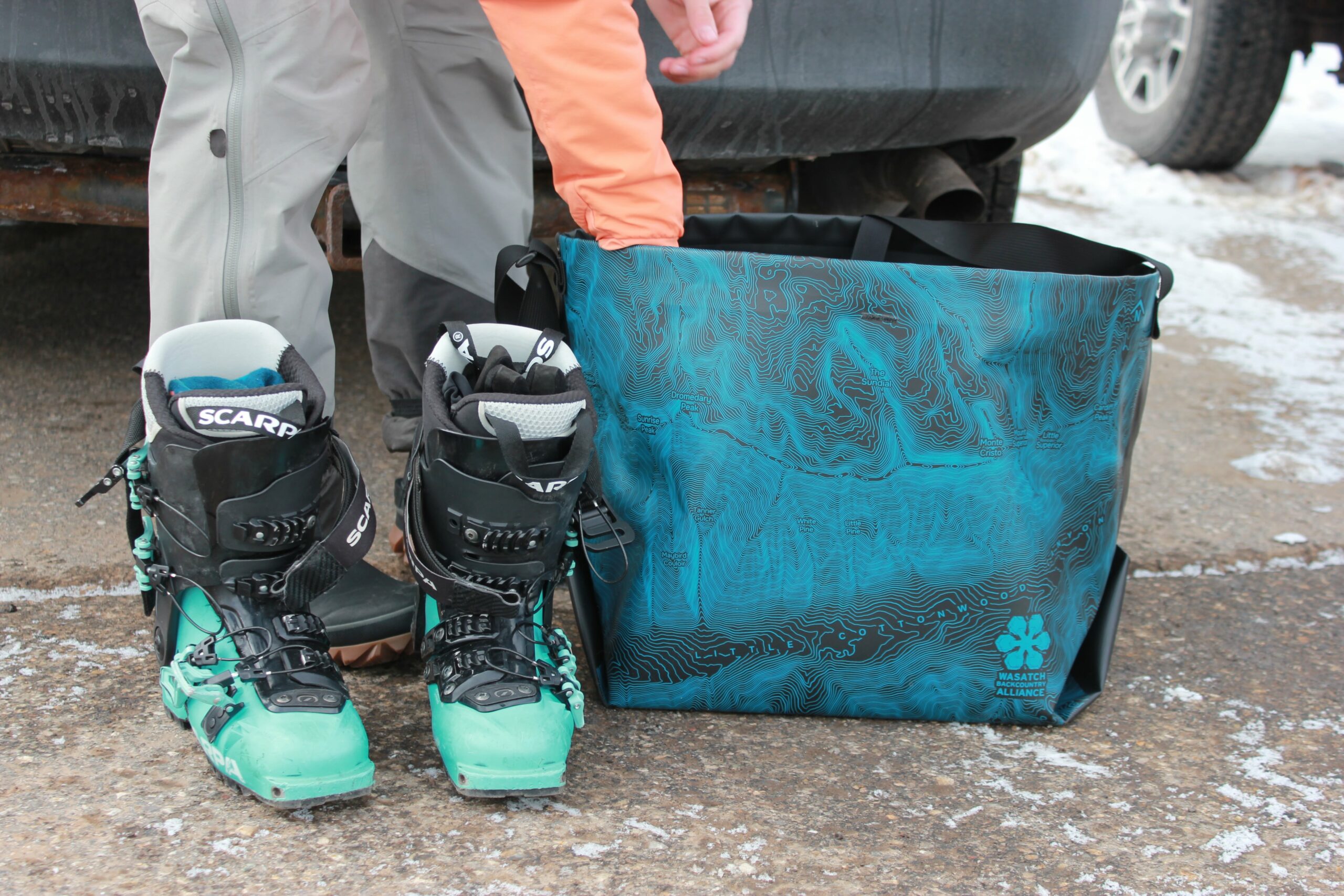
WBA x eqpd GearBuckets
We are stoked to introduce the eqpd gear Wasatch Backcountry Alliance GearBucket! Stamped with the Little Cottonwood Canyon topo map, the GearBucket combines the usefulness…
-
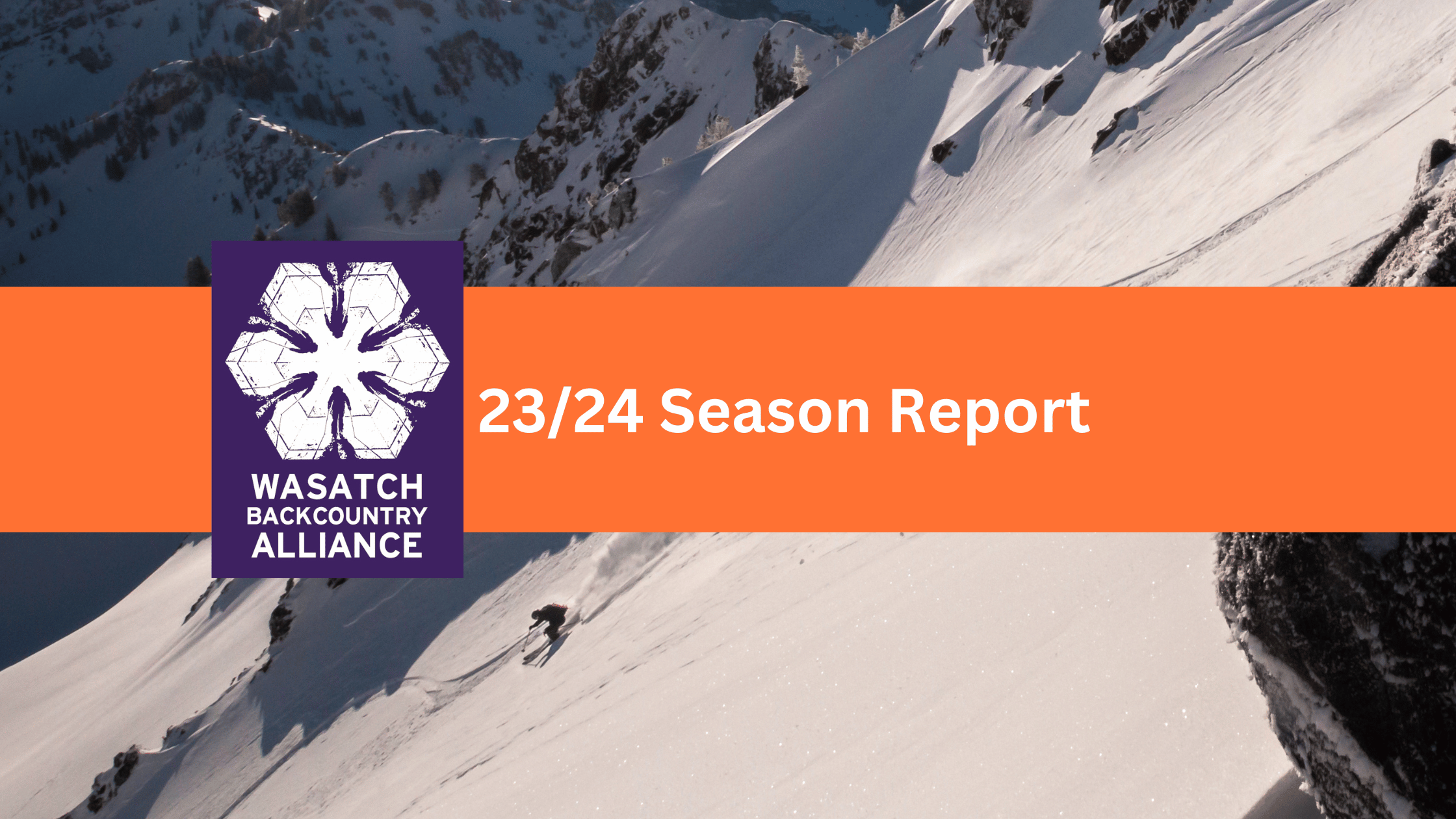
23/24 Season Report
Wasatch Backcountry Alliance published our first-ever season report from the 23/24 winter! For the past 10 years, WBA has been run by a volunteer board…
-
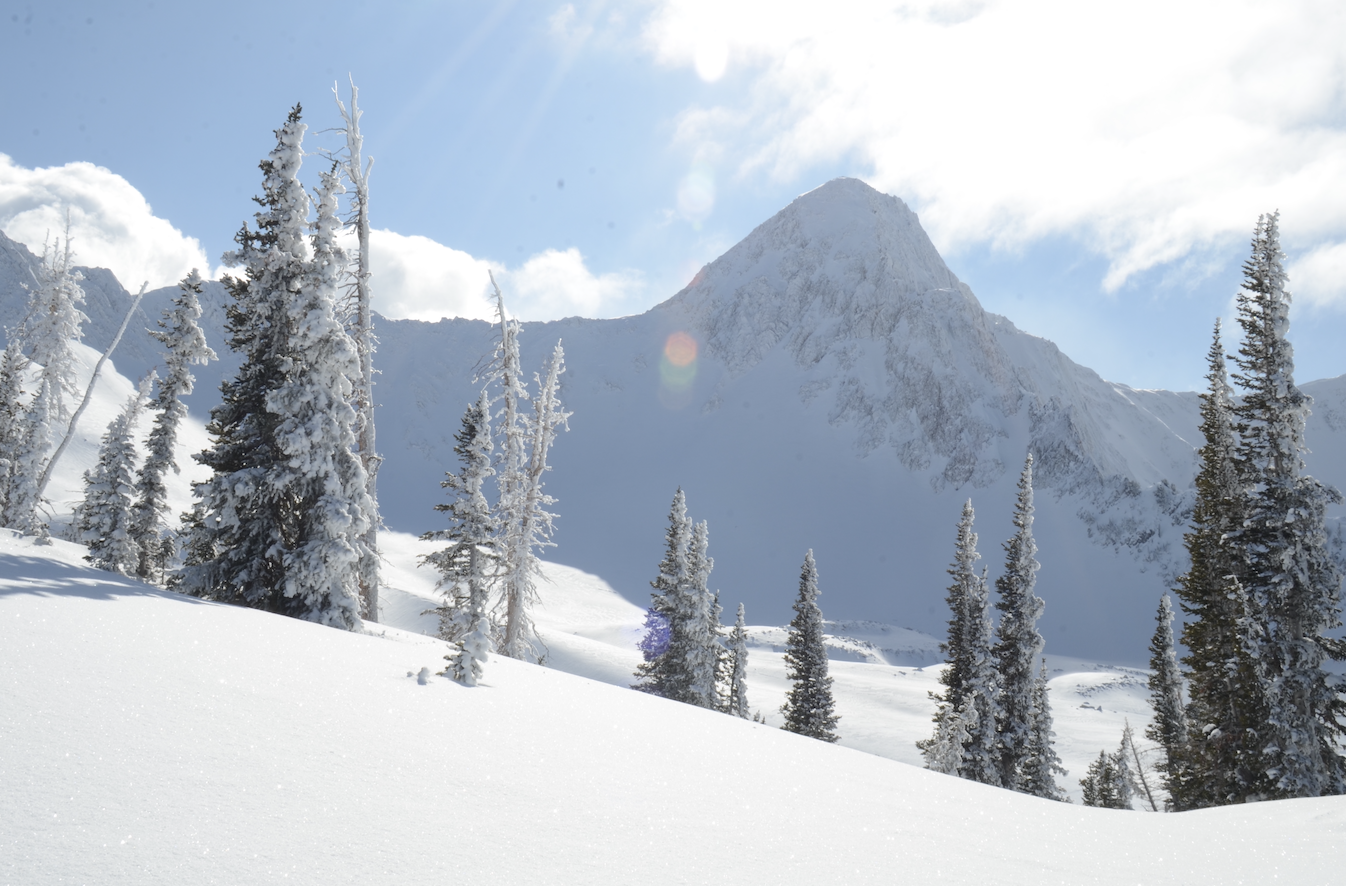
Cheers to the Wasatch!
Let’s make a lasting impact together! A note from our Director, Dani Poirier Like many of you, the Wasatch is where I learned to backcountry…
-
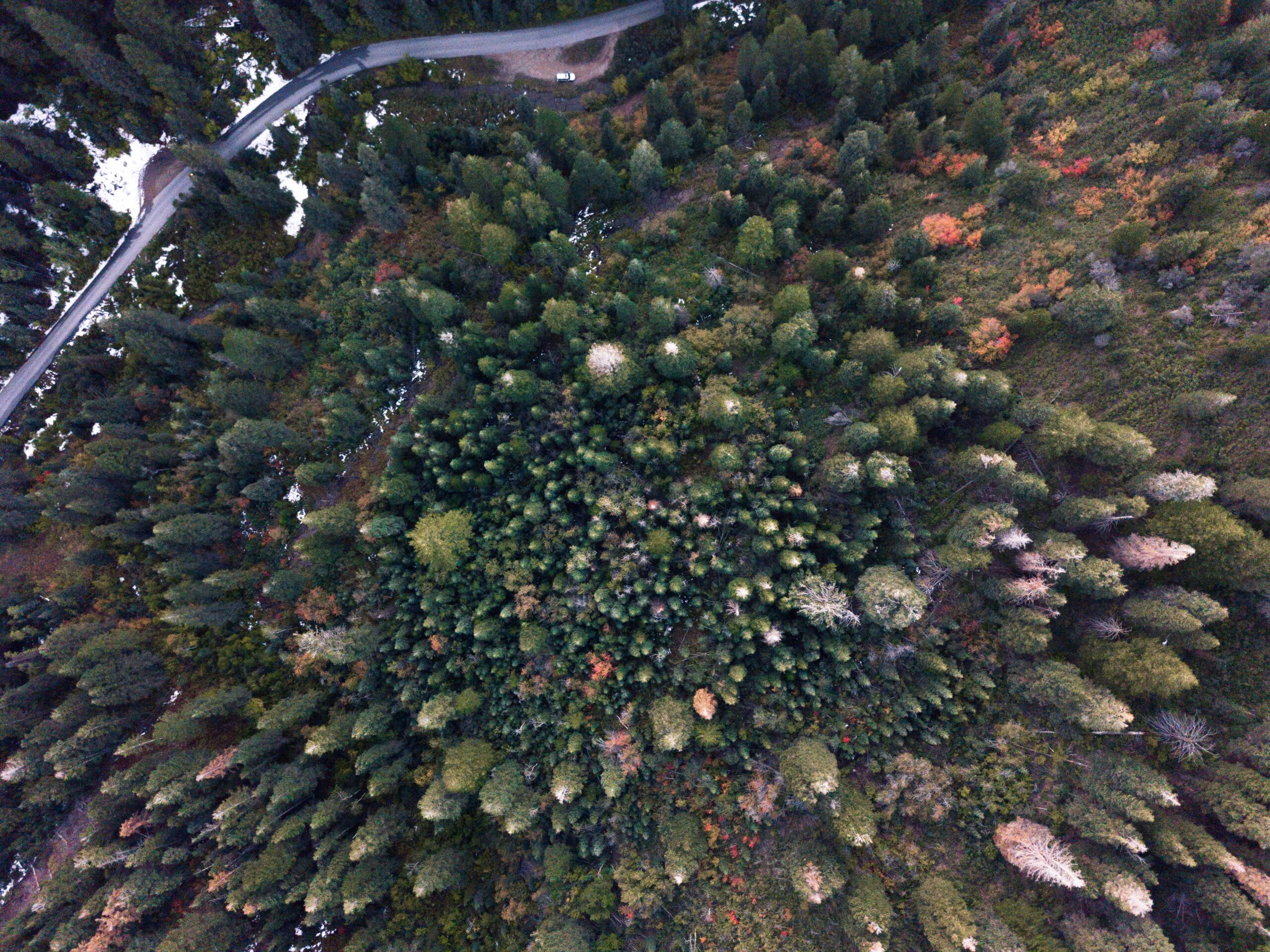
UPDATED- Comment Period: Upper Mill Creek Canyon
03/29/2024 Update You may remember that the Forest Service, Salt Lake County, and Federal Highways have been working on a plan to rebuild the Mill…